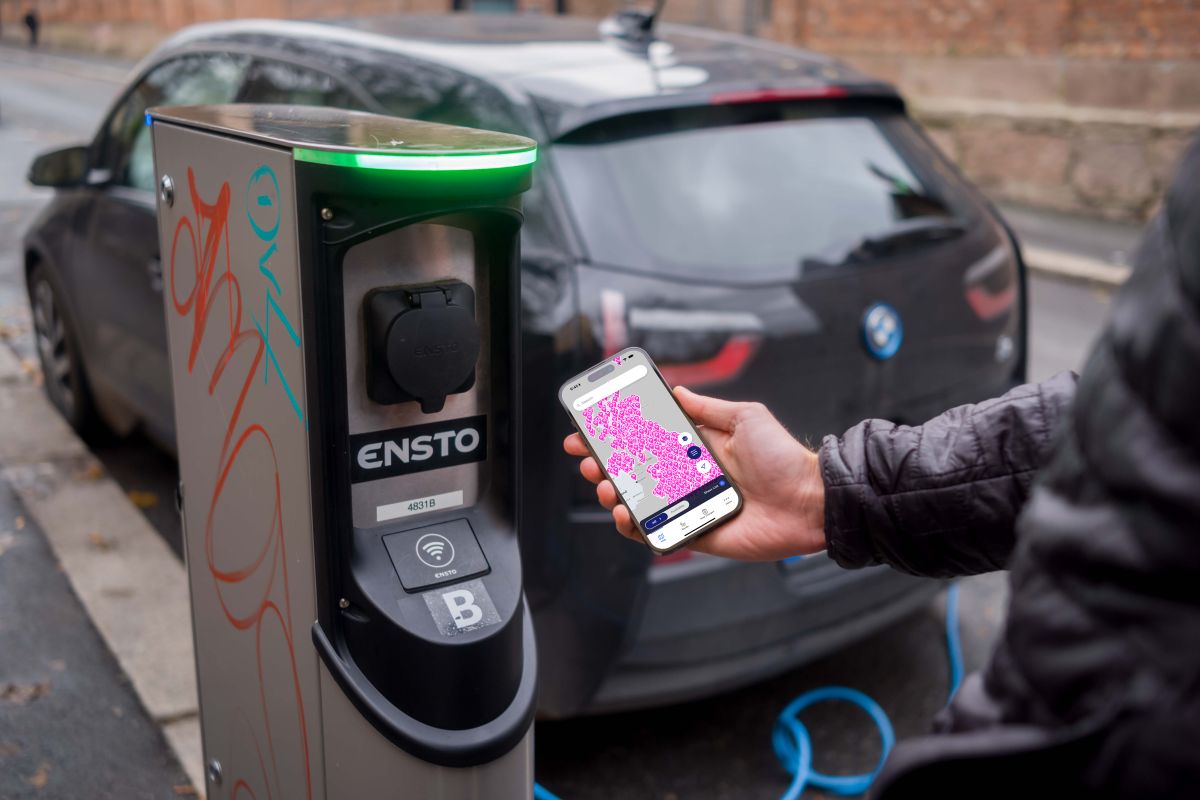TL;DR
Learn how Paua's electric fuel card simplifies public EV charging for fleets, solving issues like limited charger availability and multiple app subscriptions. Discover how fleet managers can streamline the EV charging experience with one app and one invoice.
The public EV charging experience is more complex than filling a petrol tank.
But being a pioneer on the EV transition doesn’t come without challenges. If you drive a non-Tesla EV, you know what I’m talking about.
Street chargers are not widely available, and most locations only have a limited number of chargers, which reduces the probability of finding an available one. If you arrive at a location and all the chargers are occupied, you can’t just wait 5 minutes until the next pump is free, like you do in a petrol station, and charging takes between 30 minutes to 2 hours, depending on the speed of charge. No one likes to wait, or just can’t, half an hour for a charger to be available and then wait another half an hour to charge the car. After you are finally in front of the charger, you may not be able to charge just by swiping your credit card. There are over 75 charging networks in the UK, each with its own mobile app, subscription, and access card. If you want to charge you need the correct app for the charger you are using. When you are finally done and ready to go, you can’t get a paper receipt. You need to email the charging network or fill in an online form to access it.
The EV charging experience is difficult for individual drivers, but it is still achievable. For fleets, it is operationally impossible. Fleet managers don’t want to provide corporate credit cards to drivers, and drivers don’t want to use personal cards for charging. This leaves fleet managers and drivers having to deal with dozens of subscriptions with each individual network and a very time-consuming process to get receipts from each charging network via email.
For fleet drivers the experience is also not ideal. Like individual drivers, they need to search for available chargers using multiple mobile apps and carry dozens of charging cards to make sure they are able to access as many charging networks as possible.
If it is so difficult to access the public charging network, how are electric fleets operating?
EV fleets are avoiding the use of public charging and relying on office and home charging alone. They have initiated the EV transition with low mileage routes within cities, where the vehicles can run all day without a charge. In this scenario drivers with a driveway, or other type of parking with an access to an EV charger, take the company car home to charge, the company then compensates the employee for the additional energy costs. For those employees not charging at home, the company installs chargers in the company car park where drivers drop the car off at the end of the day for an overnight charge.
Both these solutions have worked so far but there are 3 main reasons why this is not scalable for fleets.
First, not all drivers can install a charger nor are open to charge the company car at home, and even if they were they may not be able to park the longer wheelbase van models, typically used by fleets, without blocking the road.
Second, office and depot charging are expensive and challenging to scale. As the EV transition continues at pace, not all EVs will fit in the existing company parking at the same time for an overnight charge. This will require leasing new available parking spaces, that may not be available in a convenient location close to the office, and will require a large company investment in charging infrastructure for the new EVs.
Third and final reason, when fleets start electrifying longer mileage routes away from the workplace, home office and depot charging solutions will just not work because EVs don’t have enough range to run all day without a charge. In this scenario a solution to charge during the workday is needed.
Building an electric fuel card
Paua believes simple public charging, together with depot and home charging, is the solution for fleet EV adoption at scale. This is why we are developing an electric fuel card. We offer fleets access to multiple charging networks, via one single app and one single monthly invoice. Simple access to public charging enables fleets to go for longer and higher mileage routes, enables drivers without an off-street charging solution to charge at home, and it gives hours of unproductive work back to drivers by removing the need to drive back and forward for a depot or office charge at the end of the working day.
If your fleet is going electric, enable your drivers to charge in public charging networks, it will set you up in a scalable path and drivers will have a better experience.






